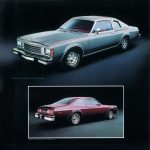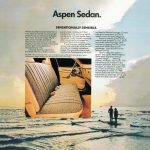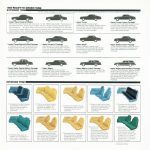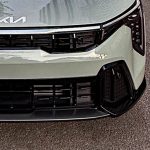
“Sometimes a ‘bargain’ car turns out to be less than a bargain when you have it equipped the way you want.” So opens the text of a magazine ad for the 1980 Dodge Aspen Special, a vehicle so bereft of content it would not look out of place on the lot of a Moscow used-car store.
For folks not in the know, the Aspen was already something of an automotive appliance, featuring pedestrian design, underwhelming performance, and, unfortunately, a reputation for disappointing reliability. As for the Aspen Special specifically, read on…
The compact Aspen, and it’s corporate-clone cousin the Plymouth Volaré were, by 1980, horribly dated technically, and were largely sold on price. A significant percentage of period sales were to government fleets, this to the dismay of many police officers and low-level bureaucrats.
And to hit a price point that met the demands of fleet buyers and the country’s thriftiest motorists, Dodge offered the Special, a sort of base, base trim level.

As seen below, the Aspen Special was advertised as American’s only 6-passenger sedan available for less than $5000. That’s $4994, to be exact. And for the youngsters reading this, many cars of the day featured front “bench seating,” which accommodated three-abreast front-row passenger placement. So, three in front, three in back, that’s six.
Interestingly, during the 1980 model year—Aspen’s final year–Dodge lowered the price of its most soul-crushing model, the Aspen Special. The Special, offered as coupe and sedan (as seen here) was positioned below the base Aspen, and came standard with so few features that a small child could count them. Turns out, there was nothing special about the Special.
At the beginning of 1980, per the Encyclopedia of American Cars, the cheapest Aspen started at $5151. At some point during the ’80 model year, the price of a Special was dropped to $4994. Now, the all-new, and decidedly more modern and stylish Chevrolet Citation started at just $4800, but that price did not include a 6-cylinder engine, or automatic transmission, features standard on the Aspen. It did, however, seat six. But, the Citation was technically a hatchback, not a sedan, so Dodge’s cheapest-sedan claim was not challenged.
But, to put the Aspen Special in proper historic perspective, we need to look at what exactly did come standard—and what did not—for $4994. First, the standard stuff:
1980 Dodge Aspen Special: Standard Equipment

“Slant Six” engine
Legendary for its durability, the mighty Slant Six was just plodding along by 1980. Strangled by emissions regulations, the big 3.7-liter engine was cranking out just 90 horsepower in the Aspen Special, good for a reported 15-second 0-60 mph “sprint.”
TorqueFlite automatic transmission with lockup Torque Converter
A standard automatic transmission is nice, but the TorqueFlite, though famously reliable, was still just a 3-speed unit, this at a time when many makers had already moved to 4-speeds. Also, we’re not sure why Torque Converter is being handled as a proper noun by Dodge.
Power Steering
Unbelievably, power steering was not standard on most Aspens. So, this is a nice add.
Whitewall P-metric radial tires
Yawn. Radial tires were common by 1980, and frankly white-sidewall tires had become passé. Amusingly, these are narrow white-sidewall tires. Wider stripes cost extra. Really.
Deluxe wheel covers with wheel lip moldings
In this case, deluxe” is subjective, and we’re not certain lower-cost wheel covers would actually have made much of a difference. Also, Wheel lip moldings, which always look like K-Mart-sourced accessories, tended to be where rust developed first. Just saying.
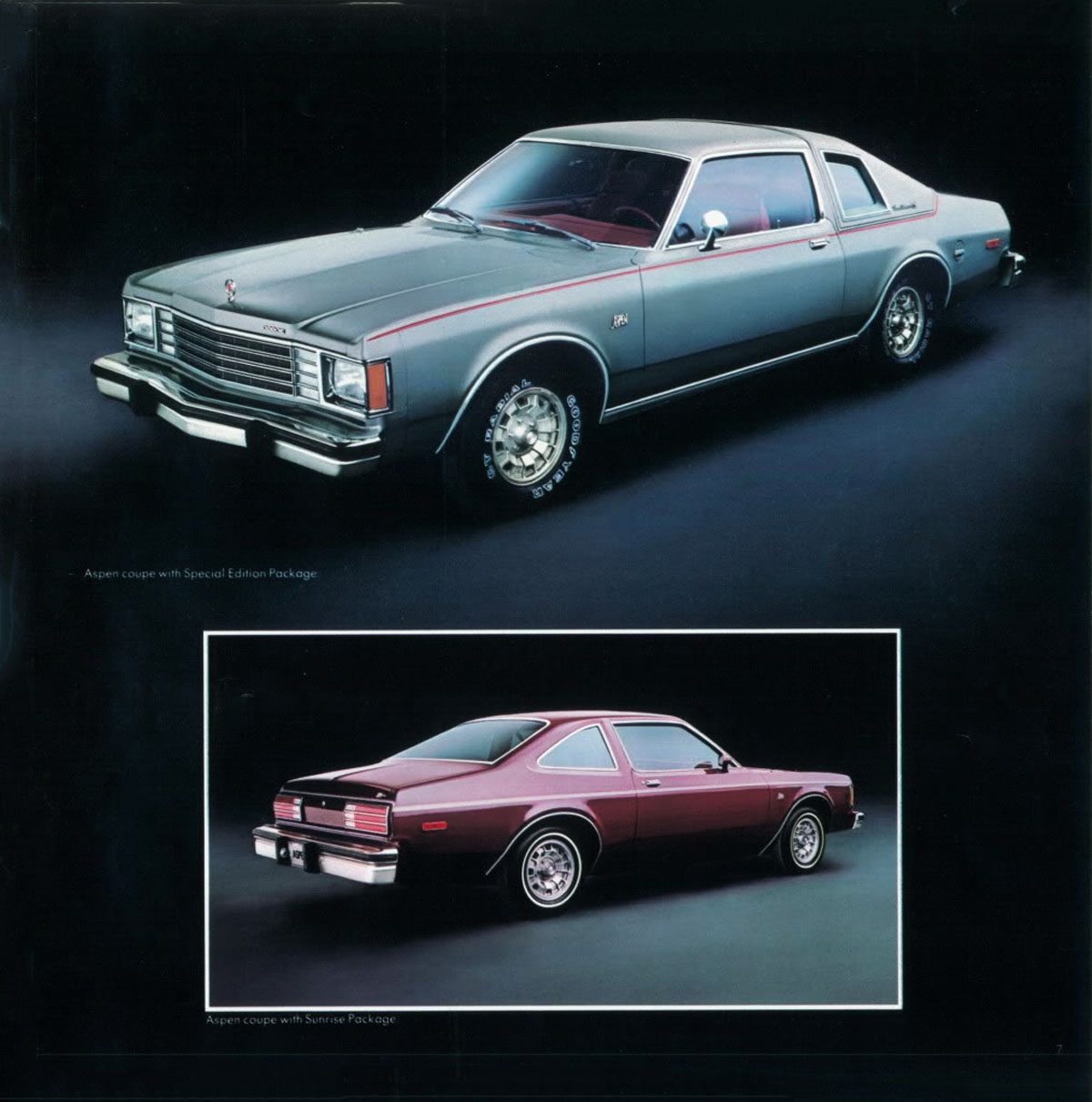
Body-side accent tape stripes
It’s tape.
Front and rear bumper guards
Little, kinda useless, bumper guards.
Anti-corrosion protection
Rust proofing was a popular add-on back in the day. Looking back, it didn’t work very well. Aspens liked to rust.
Diagnostic Plug
An interesting feature, though this system never went anyplace. The “plug” was a precursor to the industry-accepted On-Board Diagnostic (OBD) standard, which included a port for digital service access to the car’s operating system. The Aspen Diagnostic Plug was not nearly so sophisticated, and may never have actually been used.
I’d like to think that at least one car-shopper’s wife was, at some point, at some dealership, heard to protest, “Honey, you know I won’t drive a car without wheel-lip moldings or a diagnostic plug!”
Now, here’s some stuff that did not come standard on the 1980 Dodge Aspen Special, but could be had on other trim levels:
Not Standard Equipment
Tinted glass
If you’re young, you’ve been spoiled by low-glare, UV-shielding windshields and side glass your whole life. But, Aspen Special drivers were not. Likely they always wore sunglasses, and checked regularly for melanoma.
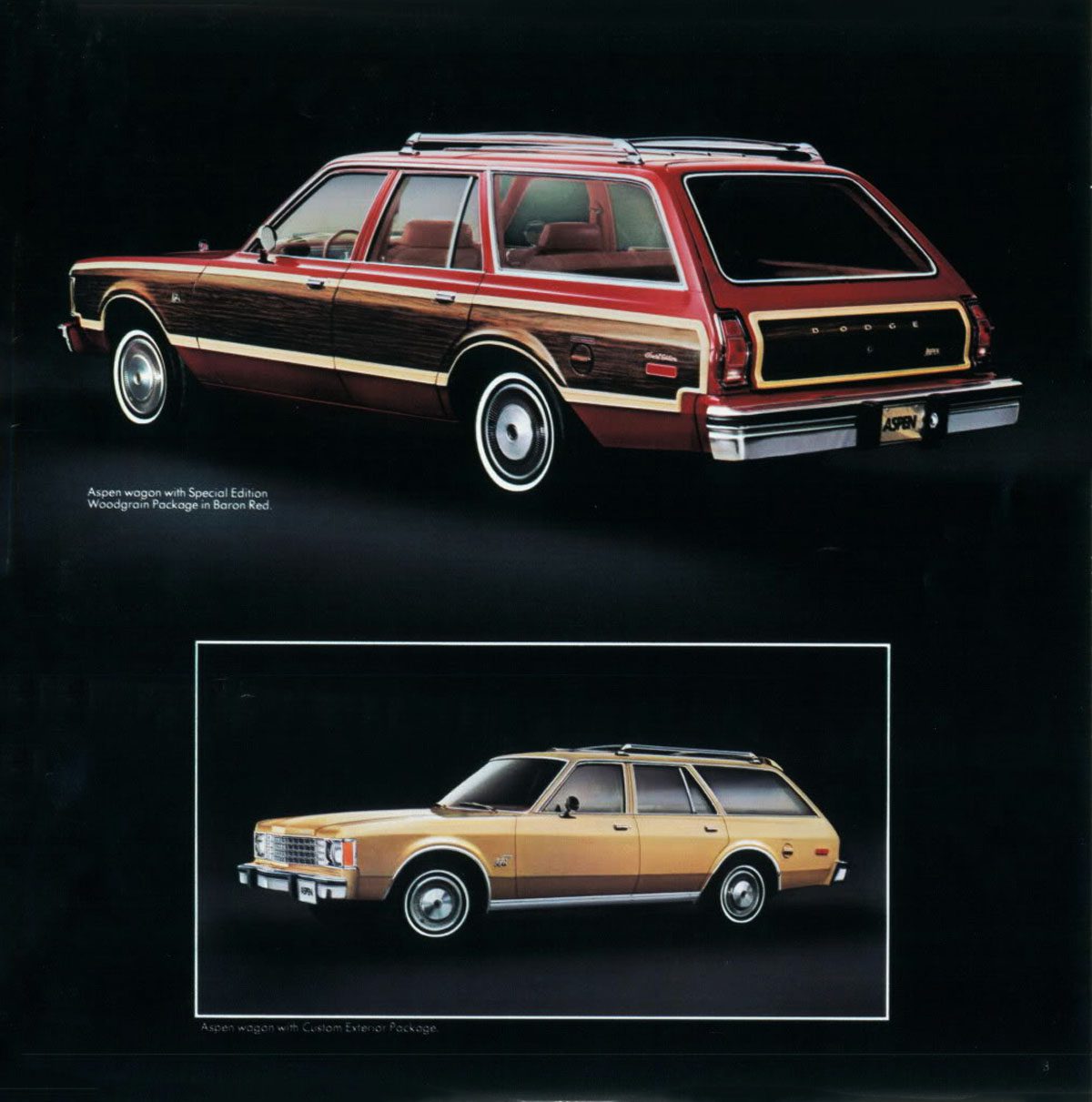
Radio
That’s right, no tunes. Not to worry, without sound insulation (see below), there’s a good chance you wouldn’t hear the music anyway.
Noise Reduction Package, Special Sound Insulation, Hood Silencer Pad
These options could be ordered separately, or together as part of the “Deluxe Insulation Package.” Seems that saving money means dealing with wind, road, and engine noise.
Color-keyed steering wheel
That’s right, the color of your steering wheel probably didn’t match the interior of your car. Color coordination is for rich people.
Deluxe Steering Wheel
We don’t know what makes a steering wheel “Deluxe,” but it probably matches the car’s interior.
Color keyed seatbelts
Yup. The standard belts don’t necessarily match the seats. We’re guessing the standard belts came in either argent, or ocher.
Cigarette Lighter
That’s what matches are for. Besides, if you bought this car, you shouldn’t be wasting money on cigarettes, anyway.

Day/night inside mirror
Don’t drive at night. No problem.
Glove-box lock
Don’t keep important stuff in your car. No Problem.
Glove-box light
No big issue if you don’t keep important stuff in your car (see above).
Cloth headliner
It’s vinyl for you, buddy. (This probably adds to the ambient noise level in the car.)
Carpeting
Just keep your shoes on, no problem.
Intermittent wipers
These generally weren’t standard on much, yet, actually.
Standard-size white sidewall tires
More whitewall, more money.
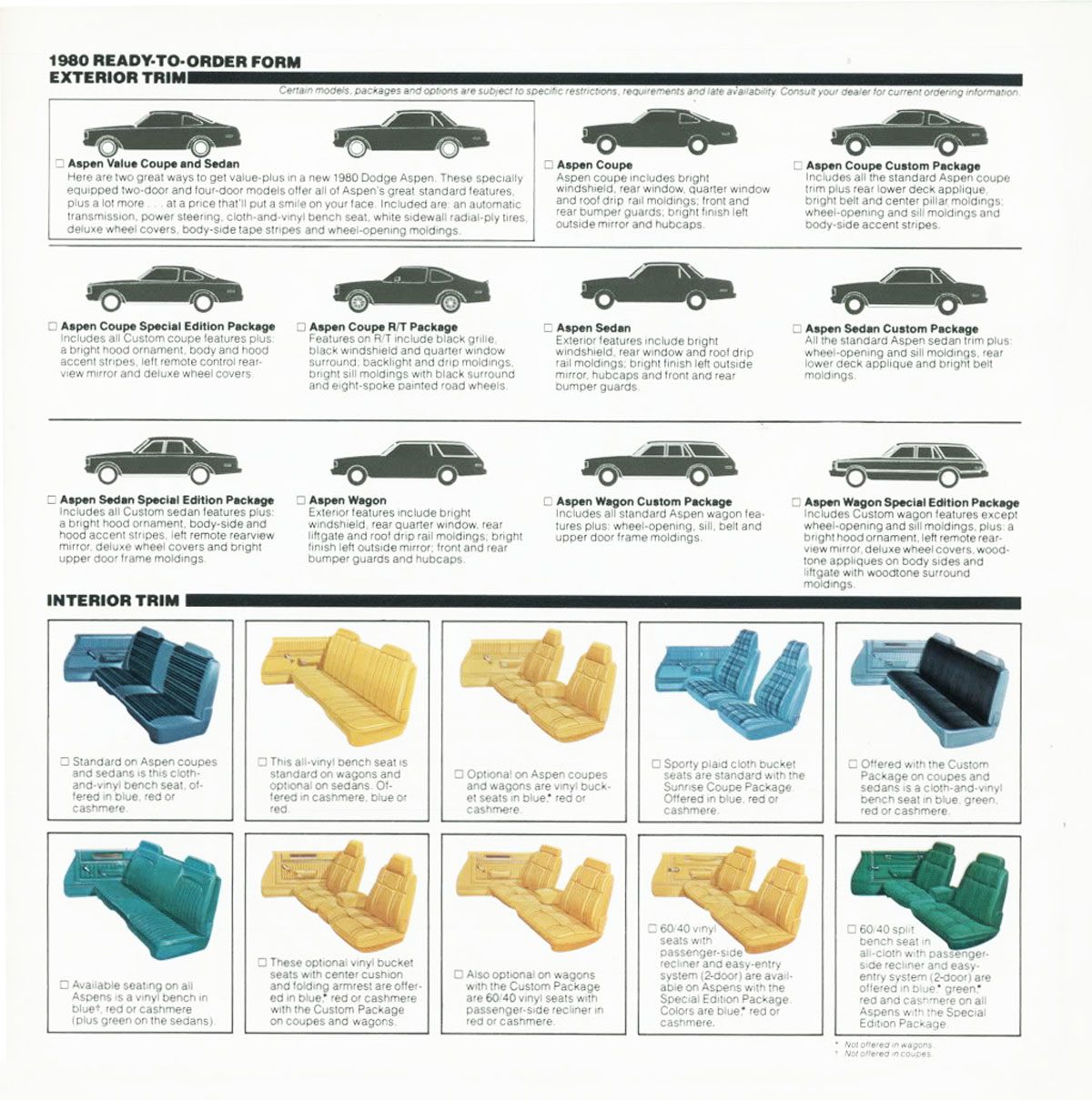
500-amp battery
Ouch. 500 amps isn’t much for new car. Stepping up from the standard 325-amp battery was probably common.
Protective bumper strips
Whatever.
Clock (digital)
Yup, no clock.
Center console
Which makes sense. Add the console and your front/center passenger is going to be pretty uncomfortable.
Rear defogger/defroster
These are actually listed separately. Assuming the defroster is for the windshield? Really should be standard.
“Maximum” cooling system
We assume this included a high-capacity radiator. Probably popular with the fleet buyers.
Custom Package
Many of the smaller items listed above as stand-along options could be had is one fell swoop by ordering the Custom Package. The Custom Package was not offered on the Special.
Dodge produced roughly 19,000 Aspen Special sedans for 1980, making it the second-most-popular vehicle in the lineup after the somewhat less depressing base sedan, which came in at 26,000 units. And while drivers of the Aspen Special likely enjoyed more sullen and joyless lives than the owners of other vehicles, at least they could point to their wheel lip moldings with a nominal degree of pride, and claim truthfully, “Those came standard.” Special, indeed. (To read about an even more miserly car, click here.)
Listen to the Car Stuff Podcast
1980 Dodge Aspen Pictures
Click below for enlarged images



